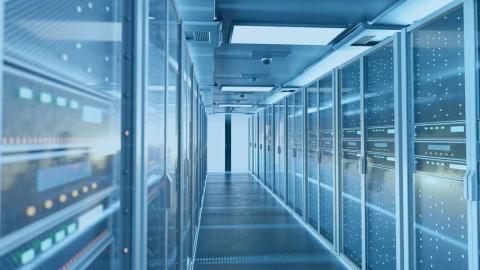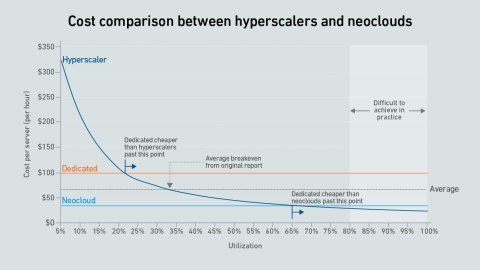AI is not a uniform workload - the infrastructure requirements for a particular model depend on a multitude of factors. Systems and silicon designers envision at least three approaches to developing and delivering AI.
filters
Explore All Topics
Understanding the principles of human behavior and how they relate to community engagement and siting strategies can reduce potential conflict between data centers and local residents
Large data centers can affect grid power quality, inviting community scrutiny. Best practices already protect power quality in facilities and grids, but operators may need to increase monitoring and publicize their efforts.
On average, cloud apps achieve availabilities of 99.97% regardless of their architecture. However, for the unlucky few that experience issues, a dual-region design has five times less downtime than one based on a single data center.
SMRs promise to usher in an era of dispatchable low-carbon energy. At present, however, their future is a blurry expanse of possibilities rather than a clear path ahead, as key questions of costs, timelines and operations remain.
Agentic AI offers enormous potential to the data center industry over the next decade. But are the benefits worth the inevitable risks?
The European Commission, with the assistance of operators, needs to correct ambiguities in the EED reporting processes. Industry solutions can improve the quality and completeness of the submitted data.
The European Commission will soon publish its delegated report, recommending a data center rating scheme and performance standards. The accelerated timeline is too short to facilitate meaningful evaluation of these topics.
The emergence of the Chinese DeepSeek LLM has raised many questions. In this analysis, Uptime Intelligence considers some of the implications for all those primarily concerned with the deployment of AI infrastructure.
Operators and investors are planning to spend hundreds of billions of dollars on supersized sites and vast supporting infrastructures. However, increasing constraints and uncertainties will limit the scale of these build outs.
The New York state senate recently proposed legislation mandating data center information reporting and operational requirements. Although the Bill is unlikely to pass, the legislation indicates a likely framework for future regulation
Dedicated AI infrastructure helps ensure data is controlled, compliant and secure, while models remain accurate and differentiated. However, this reassurance comes at a cost that may not be justified compared with cheaper options.
AI infrastructure increases rack power, requiring operators to upgrade IT cooling. While some (typically with rack power up to 50 kW) rely on close-coupled air cooling, others with more demanding AI workloads are adopting hybrid air and DLC.
Data centers are being included in national development plans as a source of economic growth. While this will ease operators' access to land and power, it will also lead to more scrutiny from government and regulation.
A new wave of GPU-focused cloud providers is offering high-end hardware at prices lower than those charged by hyperscalers. Dedicated infrastructure needs to be highly utilized to outperform these neoclouds on cost.
 Max Smolaks
Max Smolaks
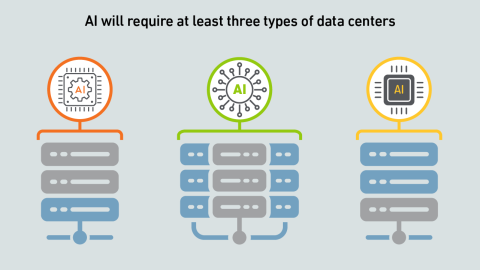
 Rose Weinschenk
Rose Weinschenk
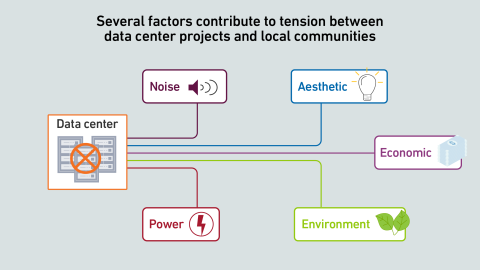
 Jacqueline Davis
Jacqueline Davis
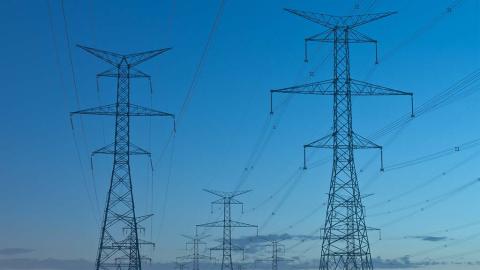
 Dr. Owen Rogers
Dr. Owen Rogers

 Daniel Bizo
Daniel Bizo

 John O'Brien
John O'Brien
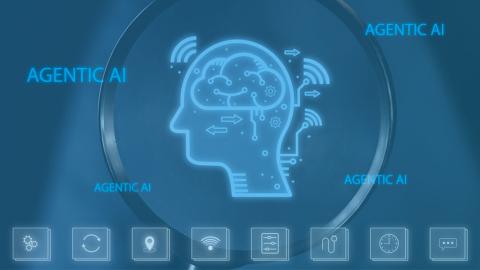
 Jay Dietrich
Jay Dietrich


 Andy Lawrence
Andy Lawrence
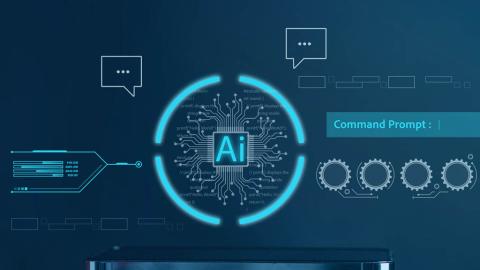



 Dr. Tomas Rahkonen
Dr. Tomas Rahkonen

 Peter Judge
Peter Judge
